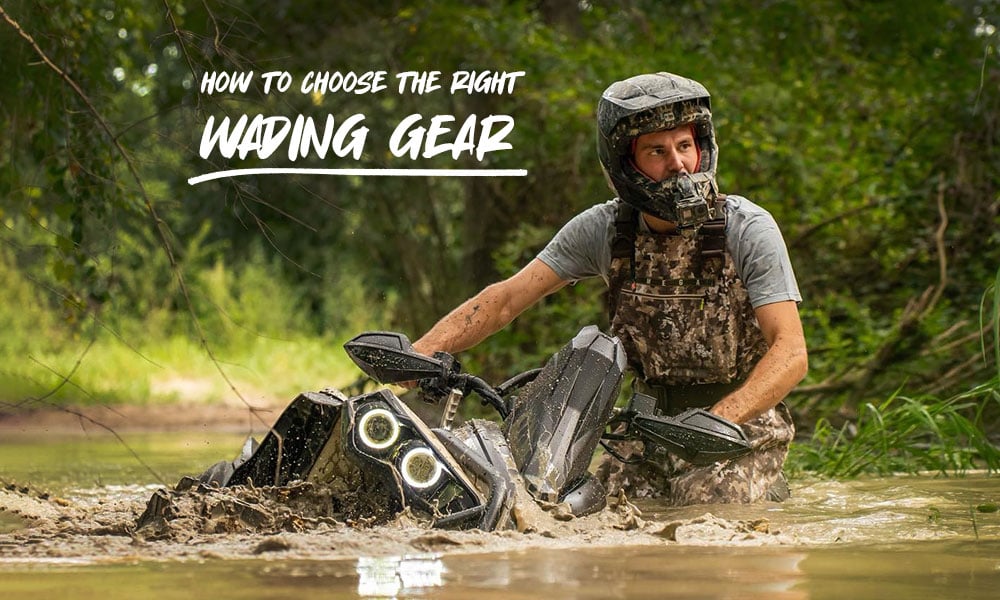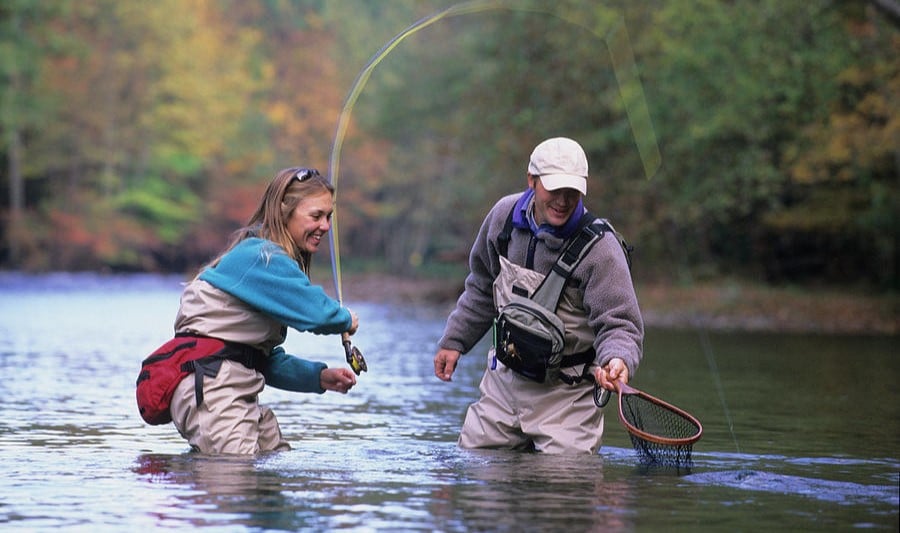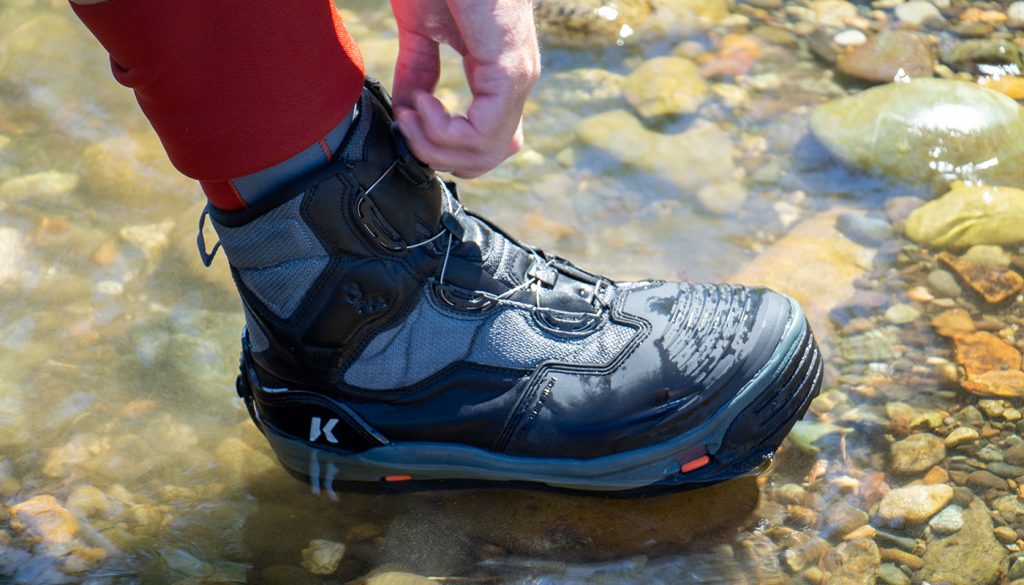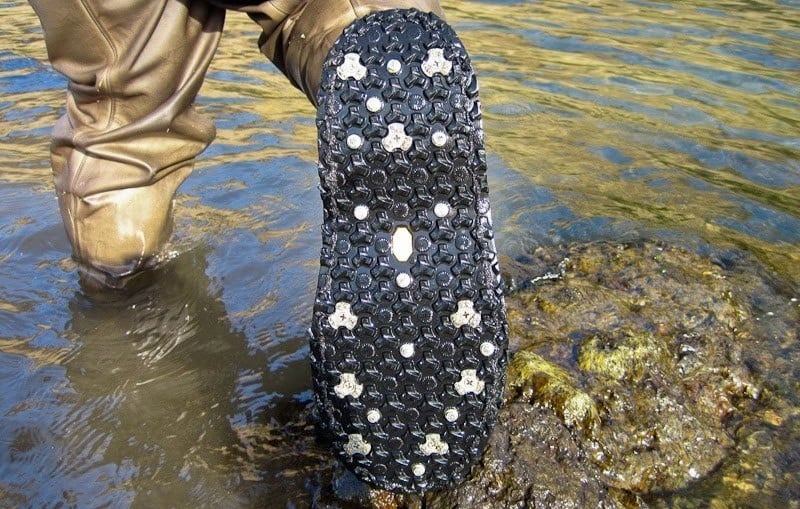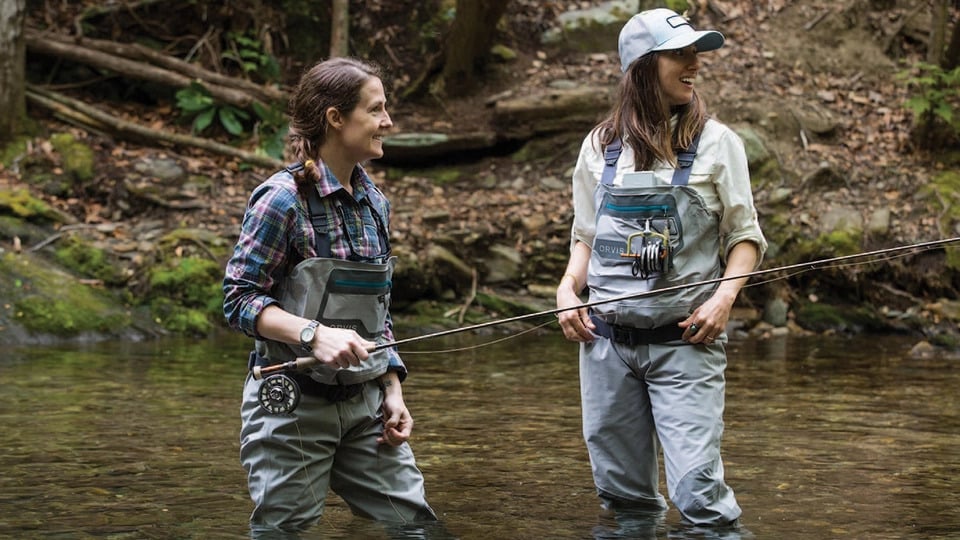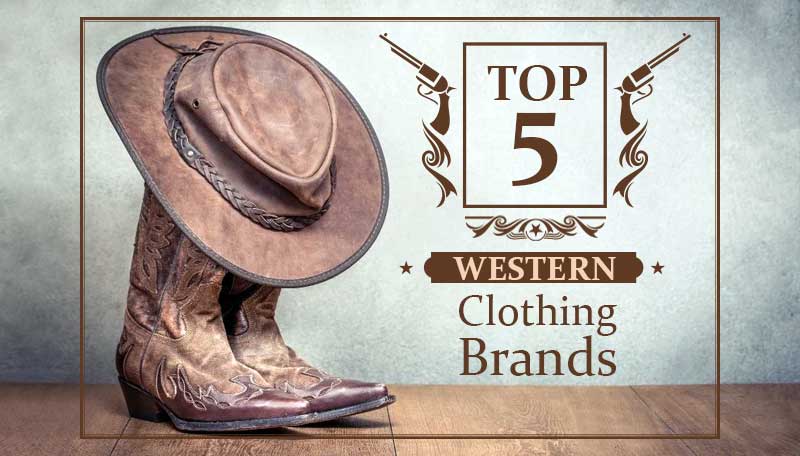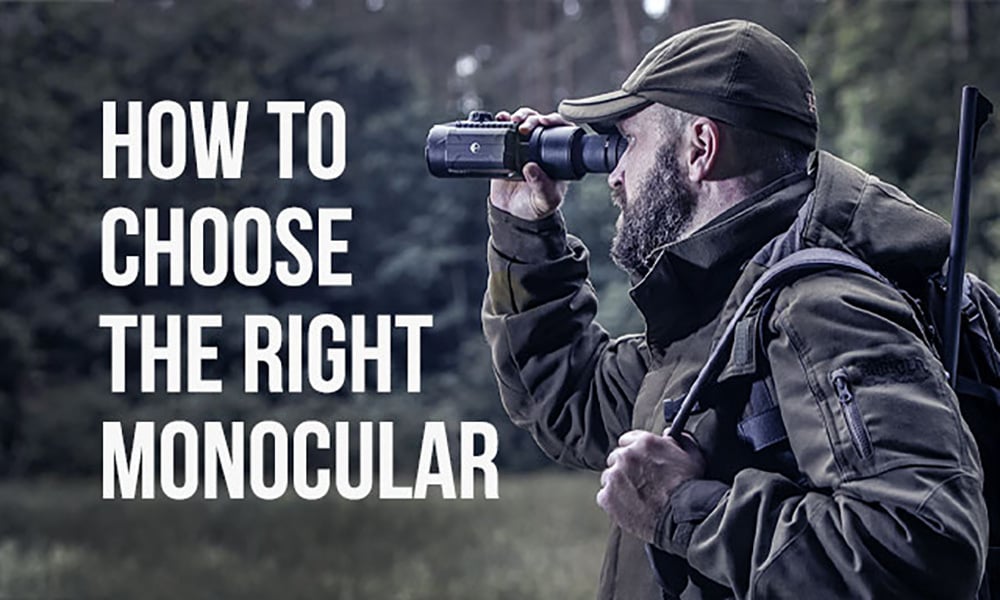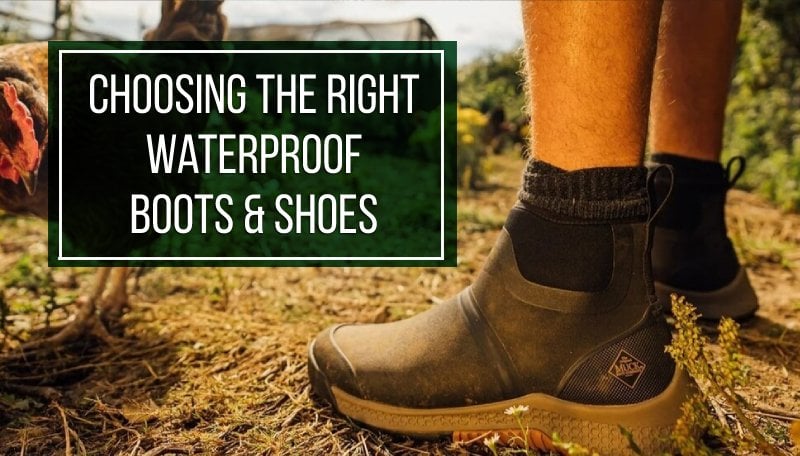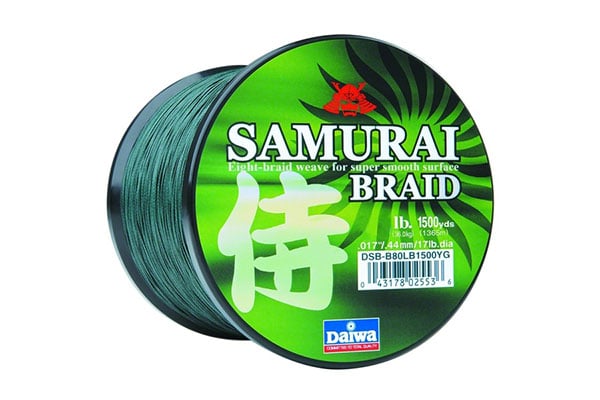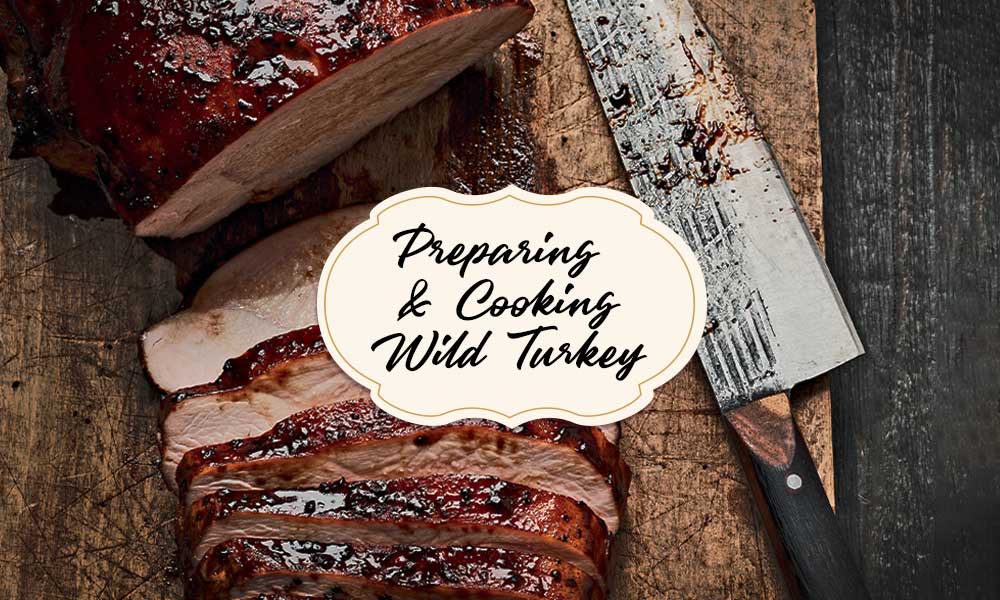Last Updated on
We hope that our eye-catching preview picture worked its miracle and lured you into reading this article, even if only because of the desire to say that’s not what a wading is. If you were to imagine a typical fishing scene, the chances are it would include a person casting a rod from the shore. It is indeed the most popular image of fishermen, followed by scenes of fishing from a boat. Occasionally, some people envision an angler standing in the middle of a creek, knee or waist deep. Wading lost the battle for its dominating place in mass consciousness, but it made its way into the hearts of millions of anglers. It offers a unique opportunity to immerse yourself in the same environment as your catch, to become part of this element instead of observing from the land. Naturally, such an undertaking requires special gear to be fully enjoyed. In today’s article, we scrutinize the wading gear with a magnifying glass to learn everything there is to know. What constitutes wading gear, and what sets it apart from other types of fishing equipment? Does it exclusively include only apparel? What other purposes does it serve? Those are the questions we’re about to answer.
Table of Contents
Introduction to Wading Gear
Different Types of Wading Gear
Wading Apparel
Wading Boots
Wading Accessories
Belts
Staffs
Boot Studs and Cleats
Safety Whistles
Advantages of Wading Gear
Disadvantages of Wading Gear
Introduction to Wading Gear
Wading is a type of fishing that involves an angler walking out into shallow water. Therefore, wading gear is all the equipment a fisherman can use to make this possible or at least more comfortable. Wading can take place anywhere from calm lakes to coastal waters. These two are very different fishing grounds. A pair of regular fishing boots may suffice for fishing in warm waters, hardly surpassing ankle level. However, if you plan on fishing in a restless ocean while breaking the waves with your stoic silhouette, you’ll need something more substantial. Something that can offer enough traction to let you not lose your foothold while protecting you from sharp objects or anything that can leave a scratch. All of that, in addition to being waterproof, of course. The chances of finding a garment comprising all of those qualities hanging casually in your wardrobe are minimal. Only a dedicated piece of wading equipment can meet that need.
The Different Types of Wading Gear
Wading gear for fishing is a collective term for all pieces of equipment that facilitate an angler with their aquatic adventures. It includes dedicated apparel, footwear, and accessories, both clothing and equipment. A pair of waterproof waders and a humble safety whistle both belong to this fishing gear category.
Wading Apparel
Apparel is probably the most extensive category of wading gear, with waders being its most recognizable example. Waders are long waterproof boots or a whole waterproof garment covering the body and legs. The choice of waders depends heavily on the water depth. If the water doesn’t exceed your knee level, then hip waders should suffice. In case you want to cross a river or confront waves crashing against you, chest waders are an indispensable asset. They often feature a zip pocket in the chest area and sometimes even a heating device. There is also a transitive variant in the form of waist-height waders if you want something with more coverage than hip waders but less bulk than chest waders.
Apart from waders, tons of other garments can also be helpful to anglers. Wading jackets are a must for wading in cold or windy weather. Many of them also feature several pockets, and there is no such thing as too many pockets if you are wading. They usually come in two configurations. Some are insulated for additional warmth, while others are made from breathable materials to make wading in not-that-cold weather more tolerable.
Wading pants are another item often searched for by anglers. This term might be confusing since pants in their traditional form are not always the best choice for wading. Many people use this phrase when searching for waist and chest waders because they cover the legs completely unlike hip waders. There are also dedicated camouflaged wading pants that fit snugly on the area where pants meet boots. They may leak water as they don’t provide 100% seal, but they are a great choice if you have knee-high wading boots.
Wading Boots
Boots are often incorporated into waders to keep the whole garment waterproof. There are also standalone rubber wading boots that vary from ankle to knee height. The type of sole can also be different. Felt sole boots provide unparalleled traction and are particularly useful for wading through streams with slippery bottoms. They are a bit outdated and have long been outcompeted by rubber sole boots, but you can still find a pair if you put your mind to it.
Wading Accessories
Sometimes, accessories make all the difference. Some of them complement the existing elements of your wading outfit, while others introduce new capabilities. They might not be as noticeable as bigger elements of clothing, but this doesn’t make them less important.
Wading Belts
Some people think that buying fishing waders is the end of the deal. They become quickly dissuaded after their first slip and swim wearing those waders. The very item that was supposed to make your fishing trip more comfortable can become a burden in a split second. The thing about waders is that they offer excellent protection from water that comes from below. But when you fall in it, the water begins to rush from all directions, filling the waders. As a result, you become much colder and heavier. That will hardly facilitate your attempts to get out of a pickle like that. A wading belt can spare you this fate by preventing large volumes of water from invading the wader’s space. If secured tightly, that is.
Wading Staffs
There are several tricks that can help you stay on your feet in the water. Having several points of contact is one of them. A wading staff is a tool that not only helps retain the balance but also scout the bottom ahead. They can usually be clipped to a wading belt, so you won’t have to hold them throughout the trip. You can also use the wading stuff to find a point of contact if you feel that the current is starting to take you away.
Wading Boot Studs and Cleats
If you want to further increase the traction of your boots, mounting studs or cleats would be the best way to do so. They won’t make you stick to the river floor but are nonetheless very useful when traversing slippery rocks and algae. Around-the-perimeter mounting is the most optimal layout since contact points are allocated evenly instead of concentrating in one place.
Safety Whistle
Should all the aforementioned items fail to keep you on foot, you can use a whistle to inform everyone that you need their assistance. This, however, should never be the first thing to do. If you were unlucky enough to flip, make sure you can keep your head above the water level. There is no need to put all your energy into whistling your guts out. You can simply breathe how you normally would in such a stressful condition. The noise will follow. Since it is the wading we are talking about, the depth should not be much of an issue. But don’t let yourself lose vigilance for even a minute: people only need so much water to drown.
A life vest is not necessarily a piece of wading gear, but we suggest wearing it regardless of the type of water activity you pursue. Apart from diving, it would make things so much more complicated.
The Advantages of Wading Gear
The main advantage of using wading gear is that it provides benefits that no other group of items can. Using wading gear increases your chances of not getting wet in the places you want to stay dry. It also makes sure you can wade through the water safely by providing much-needed traction. Many pieces of wading gear also feature convenient pockets for storing tackle and other things you need on hand. Wading gear is also usually camouflaged to imitate the surroundings (for those cases, when you won’t go deep). In short, the question of whether or not to use wading gear while wading is not that difficult to answer.
Wading gear also works great in other slippery environments, as you see from the preview picture. Their benefits outweigh the drawbacks by a mile, but we need to mention what are the disadvantages of getting yourself a set of wading gear.
The Disadvantages of Wading Gear
One of the few reasons not to get involved in this wading story is its somewhat limited usability for water activity enthusiasts. Anglers of all sorts will benefit immensely from getting one of the items we mentioned. Getting wading gear for fly fishing is a no-brainer, but the same may not apply to other water activities. Not all pieces of wading gear are equally versatile. If you consider getting wading gear for kayaking or canoeing, make sure to think carefully. A wading jacket and pair of boots would make for a great addition to your paddling outfit. Waders would not. The chances of you falling from a canoe or kayak are much higher than while wading, and waders tend to work like an anchor instead of being a life vest.
Wading gear is a perfect choice for freshwater and saltwater fishing. Jackets, waders, boots, and accessories make wading much safer and enjoyable. While some pieces of wading gear can also be used for other water activities, some are best left exclusively for wading.
